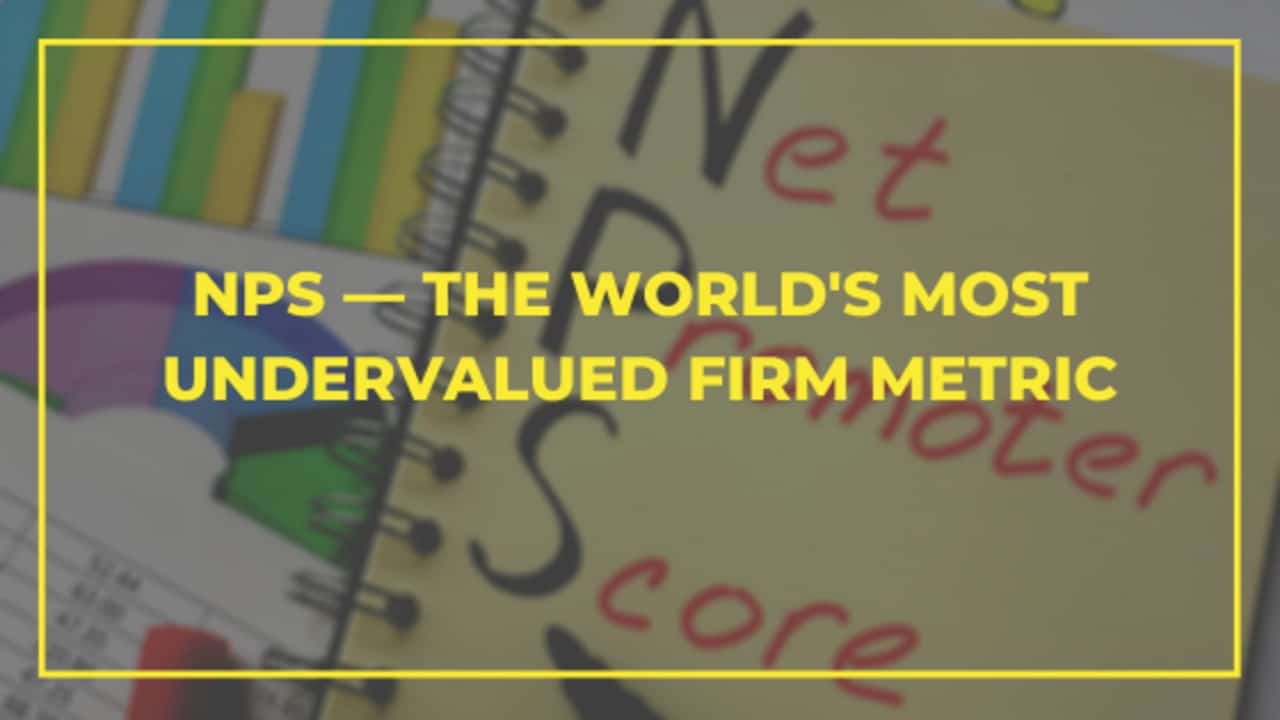To help you identify your customer’s sentiment, and understand what impact their loyalty or lack thereof can have on your business, it’s crucial to know the three different types of customers that can impact the health of your business. They are the Promoters, Detractors, and Passive customers.
PROMOTERS
Promoters are loyal customers (advocates) and defenders of your brand. They are usually the type of customers that are willing to put their reputation on the line in your honour. Promoters don’t just recommend you at every turn, they also won’t leave you on a dime. They are the rock that provides stability in your business and will oftentimes be the first to pay more when you increase your offering.
DETRACTORS
Detractors on the other hand are likely to leave you very soon. This may seem pretty obvious, but remember that a detractor is anyone that scores you up to 6 on the NPS scale. While the 0’s, 1’s and even 2’s may seem like obvious unhappy customers with one foot out the door, the less obvious are the ones that score you a 5 and a 6.
What you need to know is that statistically speaking, up to 40 – 50% of your detractors are going to leave you within the next 90 days (or sooner). If your goal is to reduce churn, it’s absolutely critical that you respond to them as quickly as possible and address their concerns.
PASSIVE CUSTOMERS
Much like detractors, passives are open to alternatives. While not as urgent as detractors, on average you’ll see 20 – 30% of passives churn within 180 days or so depending on your business model.
While they’re not likely to be spreading negative experiences about you on the streets, they’re also not out singing your praises and recommending you to others.
To earn their loyalty, you need to engage in meaningful discussion and show them that you’re more than just the product or service that they purchased — you’re an experience that’s not easily matched.
It’s important to note however that no matter what you do as a company, you can’t please everyone.
But to increase your chances of doing so, take advantage of the NPS feedback system.
P.S. Whenever you’re ready… here are 4 ways we can help you grow your Accounting or Bookkeeping business:
1. Grab a free copy of our book – Accountants 20-Hour Workweek
It’s the blueprint to structure, staff and scale your firm whilst dramatically reducing your work hours. — Click Here
2. Join the Wize WaterCooler and connect with other Accountants who are scaling too
It’s our new Facebook community where business-minded Accountants and Bookkeepers learn to build a firm that runs without them. — Click Here
3. Join our new WizePulse Implementation Program
We’re putting together a new mentoring case study group this month. If you’d like to get the plan, tools and advice from the Wize Mentors to scale your firm… just send us a message with the word “Pulse” – Click Here
4. Work with the Wize Guys privately
If you’d like to work directly with the Wize Mentor team to take you from stuck to scale…just send us a message with the word “Growth”… tell us a little about your firm and what you’d like help with, and we’ll get you all the details! – Click Here
